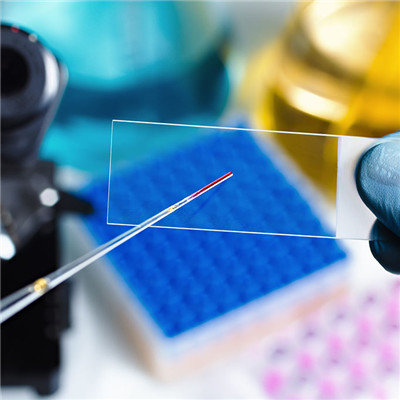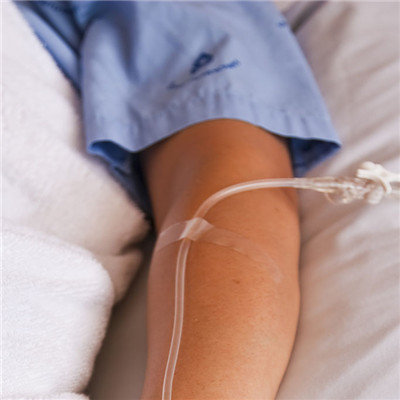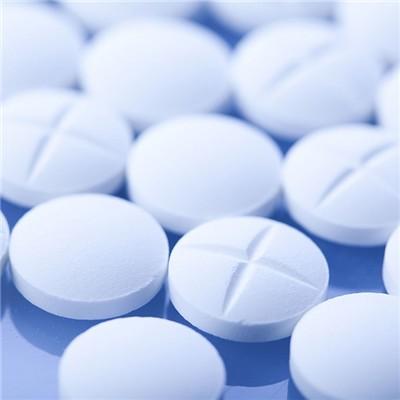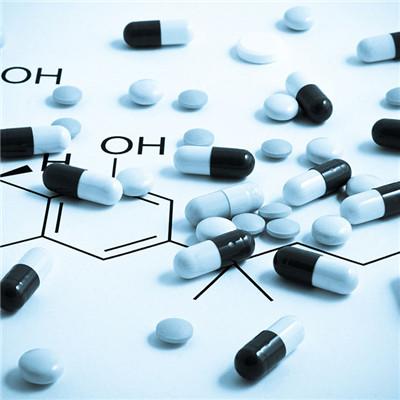What about dyslipidemia?
summary
Blood lipid is the fatty component flowing in the blood. Laboratory indexes mainly include cholesterol, triglyceride, low density lipoprotein and high density lipoprotein. When the laboratory examination of the above indicators in the blood is too high or too low, it is called dyslipidemia. What about dyslipidemia? Let's talk about it
What about dyslipidemia?
Coronary heart disease (CHD) is one of the main diseases affecting the survival rate. According to the statistics of the United States in 2001, on average, one person has coronary heart disease every 29 seconds, and one person dies every minute. Hyperlipidemia is one of the main risk factors of coronary heart disease. Not only that, high-fat blood is also a risk factor of cerebrovascular disease, renal arteriosclerotic disease, fundus arterial disease and limb peripheral vascular disease, which seriously endangers human health.

People with high blood lipids often have dizziness, because high blood lipids affect the blood perfusion of cerebral vessels, and patients will have some symptoms. For example, those who wake up in the morning and find that they are not clear headed and dizzy will have some improvement after breakfast, especially those who are sleepy in the afternoon and awake at night, Need to be on guard against hyperlipidemia.

Hamstring cramps some people often have hamstring cramps, thought it was a lack of calcium or cold, in fact, this may be caused by too high blood lipids, because cholesterol accumulated in the muscles of the calf, it is easy to have hamstring cramps. At the same time, too high blood lipids are often more obese people.

matters needing attention
The diet is light and vegetarian. However, it is not suitable to be a vegetarian for a long time, otherwise the diet composition is not perfect, which can cause the increase of endogenous cholesterol. High fat, high cholesterol diet should be restricted, such as animal brain, egg yolk, chicken liver, butter, etc.














